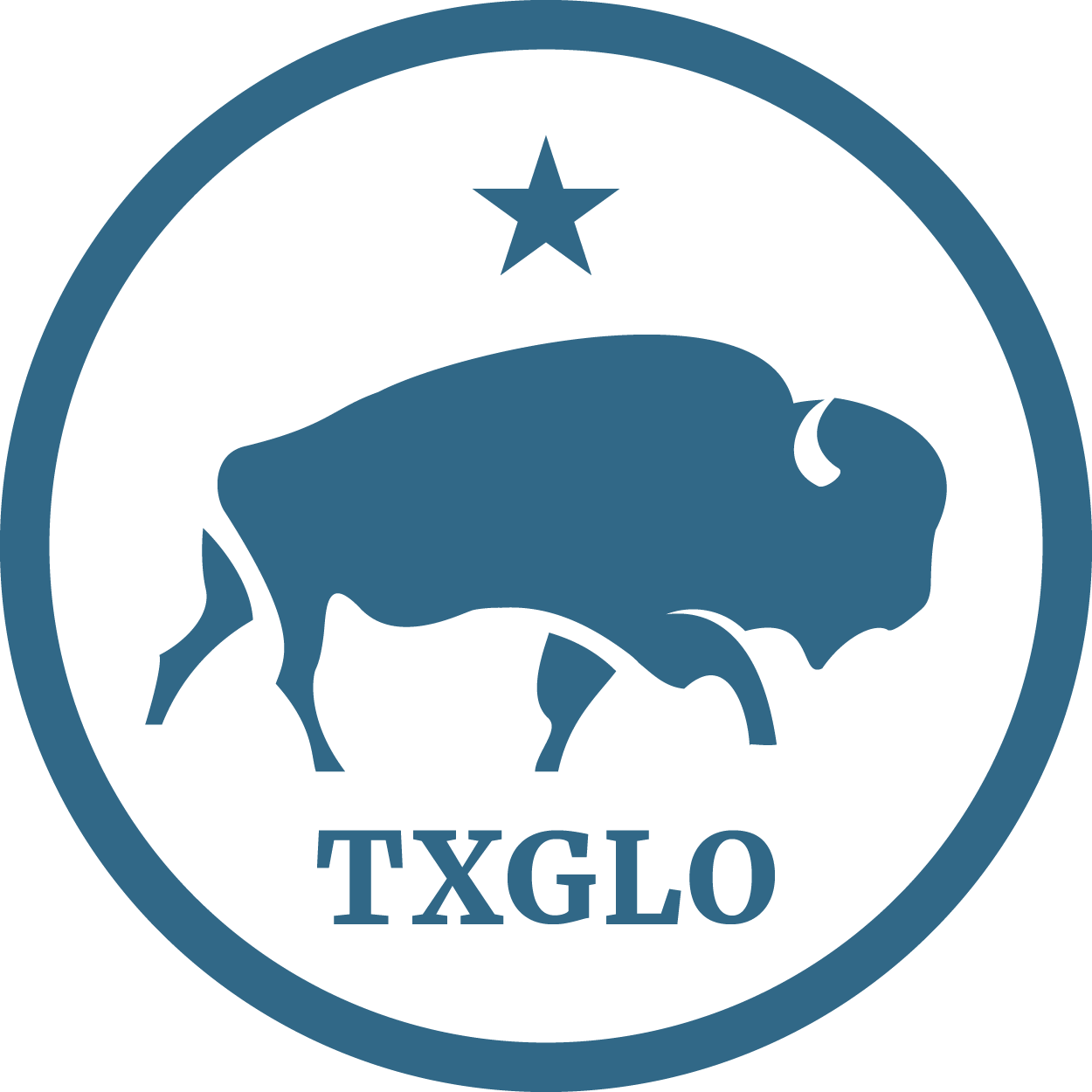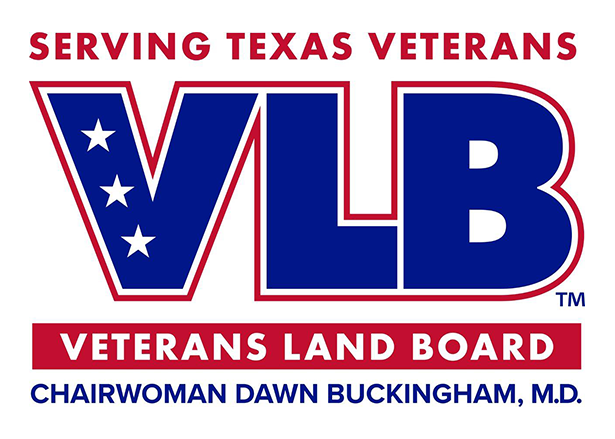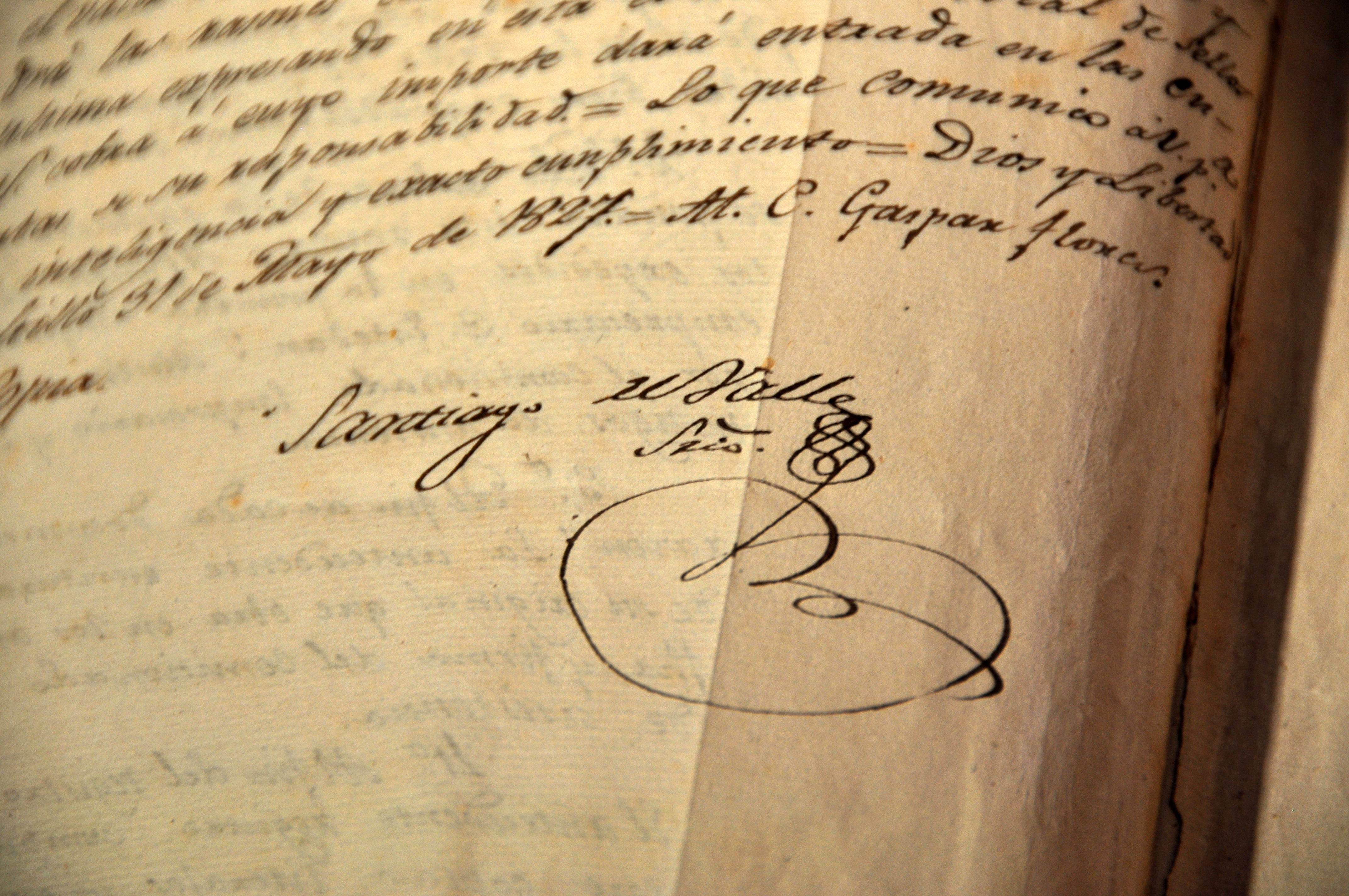Funds to improve water, wastewater and drainage infrastructure approved for the cities of Marion and Seguin
Today Texas Land Commissioner George P. Bush, Seguin Mayor Donna Dodgen and Marion Mayor Victor Contreras announce the Texas General Land Office (GLO) approved more than $47.8 million in flood mitigation projects to improve water, wastewater and drainage infrastructure in Guadalupe County and the cities of Marion and Seguin. These infrastructure projects will directly benefit thousands of residents in majority low-to-moderate income (LMI) areas that have faced repetitive storm damage in 2015 and in 2017 with Hurricane Harvey.
“Texas has unfortunately led the nation in disaster declarations, and many of the areas hit hardest have never had access to funding needed to fortify communities against devastating storms and floodwaters,” said Commissioner Bush. “The historic funding we’re awarding today will go directly to projects in Guadalupe County that will help protect Texas homes, businesses and critical infrastructure against future disasters for generations."
“The City of Seguin continues to experience severe flooding events that inundate our drainage and wastewater systems,” said Seguin Mayor Donna Dodgen. “The $37.8 million grant awarded today by Commissioner Bush and the GLO will help us protect our residents from dangerous floodwaters. These funds are vital to increasing our resiliency.”
“This is a great day for the City of Marion,” said Marion Mayor Victor Contreras. “I can’t begin to say how ecstatic I am on receiving the GLO CDBG Harvey Mitigation Grant, it will be a life changing event for our city. It will help improve some of the infrastructure needs of our residents and future developments and I am sure it will be an incentive for increased business growth.”
In May 2020, Commissioner George P. Bush announced the kick-off of the application process for the first round of more than $2.3 billion in Community Development Block Grant Mitigation (CDBG-MIT) funds from the U.S. Department of Housing and Urban Development (HUD) to protect Texas communities hit by Hurricane Harvey and severe flooding in 2015 and 2016. During the first round, the GLO conducted three competitive application programs from the CDBG-MIT Action Plan. Those programs include:
- 2015 Floods State Mitigation Competition – GLO awarded $31,426,781 to four grantees.
- 2016 Floods State Mitigation Competition – GLO awarded 21 grantees with $135,462,438.
- Hurricane Harvey State Mitigation Competition Round 1 ($1 billion of $2,144,776,720 total).
Applications closed for the first round of funding October 28, 2020, and the GLO evaluated all 290 submitted applications in accordance with the HUD approved scoring criteria. Eligible applications with the highest scores were awarded funds. The second round of the competition will award the remaining $1,144,776,720 in mitigation funding to Hurricane Harvey eligible entities.
HUD defines mitigation as activities that increase resilience to disasters and reduce or eliminate the long-term risk of loss of life, injury, damage to and loss of property, and suffering and hardship, by lessening the impact of future disasters. HUD requires that at least 50% of total funds must be used for activities benefiting low- to moderate-income (LMI) persons.
The State of Texas CDBG Mitigation Action Plan: Building Stronger for a Resilient Future outlines the use of funds, programs, eligible applicants, and eligibility criteria as required by HUD. The plan was sent to HUD on February 3, 2020, after an extraordinary public outreach effort including a 50-day public comment period and eight regional public hearings, far-surpassing HUD requirements. HUD approved the plan March 31, 2020. For more information, please visit recovery.texas.gov/mitigation.
City of Seguin: Citywide Drainage Improvements Project - $37,861,885.50
LMI Percentage: 53.76%
The city of Seguin experiences flooding during local heavy rainfall events and due to impacts of hurricanes and tropical storms. The flooding and extreme runoff results in road closures, flooding of homes, damaged infrastructure and severe erosion that must be repaired to reduce risk of damage to public and private buildings. The City of Seguin’s four priority drainage projects will greatly improve the safety of their 25,520 residents.
Walnut Branch Drainage Improvements
- Land acquisitions to expand the existing detention ponds near Interstate 10 and Huber Rd (north basin) and Fleming Drive (south basin)
- Build bridge crossings on San Antonio Avenue at Walnut Branch and William Street at Walnut Branch and replace low water crossing further downstream
- Construct a small drainage system on Aldama at Kingsbury for a neighborhood access road
North Heideke Street Drainage Improvements
- Create an underground storm water conveyance system on the northern end of downtown Seguin bound by North Austin and Heideke Streets. The storm drainage system will allow for conveyance of stormwater runoff from the street channel to an underground conveyance system and increase the storm drainage network for a total of 6,700 LF.
Mays Creek Drainage Improvements
- Replace culverts at State Hwy 46, County Road 725, River Oaks Dr, and County Road 402 to the appropriate size for a total of 5,650 LF
- Construct an additional driveway to ensure residential safety by allowing two ingress/egress points during flooding
North Guadalupe Street Drainage Improvements
- Install a regional detention basin via land acquisition near Guadalupe Street and FM 78
- Install a new storm drain system that will include a storm trunk line along 8th Street to West New Braunfels Street, a storm drain branch to extend east and west along West New Braunsfels, a branch with inlets will extend east from 8th Street along Collins Avenue to Guadalupe Street, and a smaller branch to extend west along Kingsbury Street, for a total 11,175 LF
City of Marion: Citywide Water and Wastewater Improvements - $9,946,174
LMI Percentage: 51.43%
The city is currently dependent upon the pressure provided by Canyon Regional Water Authority (CRWA) at the delivery point and the ground storage tank. The CRWA delivery point is dependent upon power being available and the plant producing the water at a rate sufficient to meet daily demands. The 300,000-gallon ground storage tank provides approximately 12 hours of water for the city’s residents if the power fails, and the city has experienced an event where the power outage lasted 16-hours.
The city of Marion owns and operates its own wastewater treatment plant and collection system. The city experiences large influxes of inflow and infiltration during a storm event, such as during Hurricane Harvey. In a prolonged storm event, the sanitary system will overflow, requiring notification to the Texas Commission on Environmental Quality.
The city of Marion’s project is two-fold: to build an elevated water storage tank and rehabilitate the wastewater collection system.
Citywide Water
- Install a 500,000-gallon composite elevated storage tank at 108 W. Huebinger Road and a water transmission main within the city to the CRWA Wagner Booster Station to provide service to current and future residents
Wastewater Treatment
- Replace 38 manholes and rehabilitate 50 manholes with protective coating throughout the city
- Replace 9,944 LF of undersized collection mains throughout the city
- Replace the existing headworks within the WWTP to include a manual and mechanical bar screen








